10 Dads Whose Unique Parenting Approaches Deserve a Standing Ovation

April 14, 1912. The dark night was filled with horrible sounds of a giant metal vessel breaking into two. The largest ship of that time collided with an iceberg that was on its way. The Titanic.
One of the biggest stories of the 20th century that people still talk about. The starboard side of the giant vessel brushed up against the iceberg. It was 11:40 p.m. when things started going wrong. This iceberg caused enough damage for at least five watertight compartments in the hull to start filling with water.
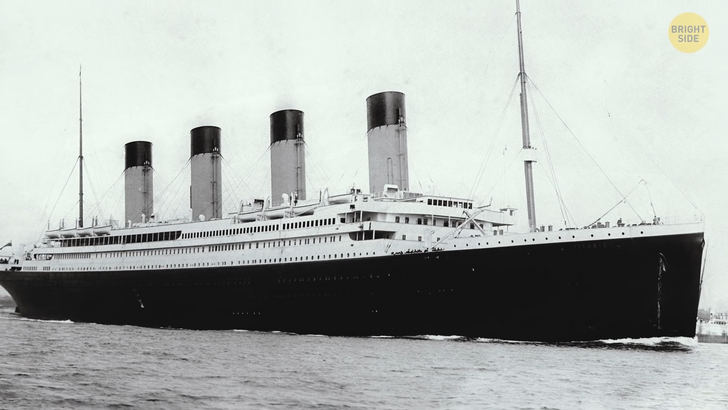
The crew immediately began a brief investigation to see if they could do anything and fix things. They had no one to rely on, all alone in the darkness of the cold night, far away from the land. The North Atlantic Ocean, around 400 miles south of Newfoundland, Canada. They needed time to figure out how to bring people to safety. They had some time, true. But not enough.
If you watched the movie, you know the ship didn’t plunge immediately after the icy doom had happened. The whole process lasted a good 2 hours and 40 minutes. But the situation was hard. There were 2,200 people to take care of — including crew and passengers — and things happening on the ship were chaotic.
The chief designer Thomas Andrews soon realized they wouldn’t be able to stay afloat. By midnight, the entire crew had begun preparing the lifeboats for launch. They had 20 boats with space for only 1,178 people, which was just a little bit more than 50 percent of people on board. The order was to get women and children to safety first. Crewmen were there to row and guide the boats.
The scene over the next two hours gradually started escalating. The crew members had a task to wake up passengers and warn them something bad was happening. They wanted to place them into a fleet of lifeboats as soon as possible.
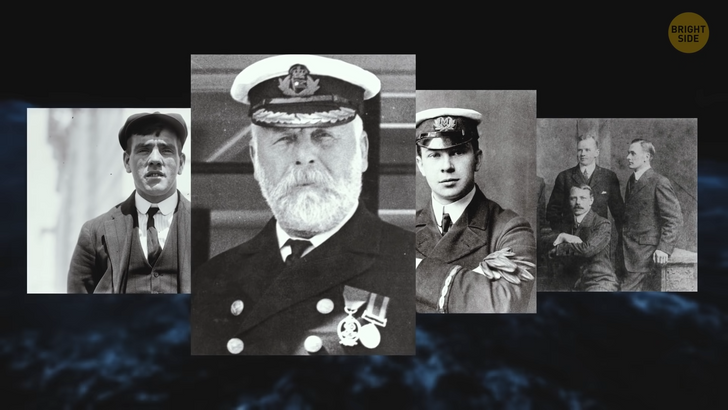
At 12:15 a.m., some crew members sent out a distress signal. A steamship called Frankfurt was among the first ones that received the message and responded, but they were about 170 nautical miles away. Some other ships also got the message and offered their assistance, but sadly, they were too far away, as well.
At 12:20 a.m., the Cunard liner Carpathia got a distress signal from the Titanic and changed its course right away. They were 58 nautical miles away at the time. [58 nautical miles (107 km)] And it would take them more than three hours to get there. 20 minutes later, the crew was lowering the first lifeboat. It was carrying only 27 passengers, although it had room for 65.
Many of the lifeboats that were launched first were well below capacity. Crew members were worried, thinking the davits wouldn’t be able to hold a fully loaded lifeboat. And, in the beginning, many passengers were just too afraid to leave the ship. They still thought Titanic was unsinkable and couldn’t imagine the scenario that was going to happen 1–2 hours later.
The crew was firing the first of eight distress rockets. Unsuccessful. No one was close enough to help. By 1:20 a.m., they lowered 10 lifeboats. Number 8 had only 28 people in it. One of the passengers on the number 10 was 9-week-old Milvina Dean. She would later become the last survivor who lived till 2009 and turned 97.
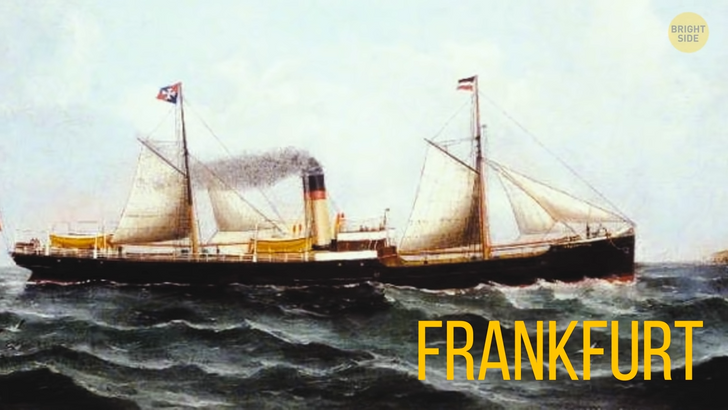
It was 2 a.m. already. Three of the collapsible boats were the only lifeboats that remained on the ship. The bow of the vessel had sunk low and had tipped far under the surface. People around it could now clearly see stern propellers above the water. Crew members were lowering collapsible lifeboat D from the roof of the officers’ quarters with over 20 passengers in it.
As the ship’s bow went under, the water was washing collapsible A from the deck. Those 20 people were struggling because their boat was partly filled with water. As crew members were trying to release collapsible B, it fell. Before they righted it, the water swept it off the ship. 30 passengers still managed to find safety on the overturned lifeboat.
At 2:17 a.m., the ship’s wireless operator decided to transmit one last distress call. A minute later, the light on the ship finally went out. Titanic and all left on board plunged into darkness. The bow continued to sink, and the stern was rising higher above the surface, which placed great strain on the midsection.
Horrible sounds were filling the night. Titanic, this massive legendary ship so many people placed their hopes in and were excited about... broke into two, between the third and fourth funnels. Reports would speculate it took about six minutes for the bow section to reach the ocean bottom. The stern settled back in the water before it rose again into a vertical position. It remained in this situation until it finally disappeared into the ocean.
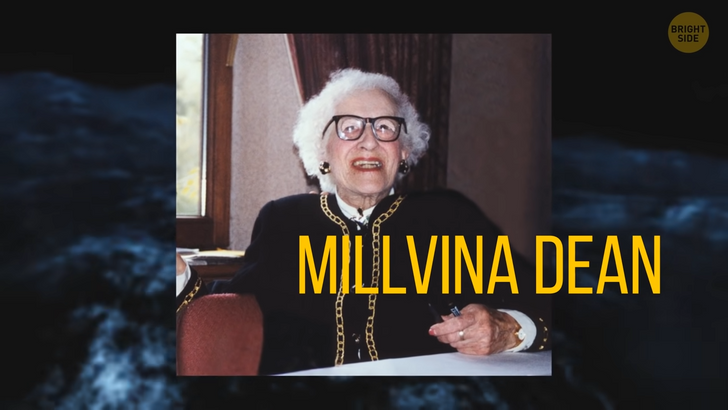
At 2:20 a.m. stern apparently retained air inside and water pressure crushed as it went down. The stern landed about 2,000 feet away from the bow. People considered the Titanic the fastest ship in the world. They thought it was unsinkable because four of its compartments could be flooded, and that still wouldn’t cause a critical loss of buoyancy.
Its life was problematic since its beginning. While the ship was leaving port, it moved within a couple of feet of the steamer New York. It managed to safely pass by, which was a huge relief for all those worried passengers massed on the ship’s decks.
Titanic sailed off on April 10. Its first journey was across the highly competitive Atlantic route. On the launch date, the Titanic became the biggest movable object in the history of humankind. 882 feet long, 92 feet wide. Not that big if you compare it with today’s ships. The biggest cruise ship in the world today is Royal Caribbean’s Symphony of the Seas, which is roughly five times the size of Titanic.
If you put that ship in a vertical position, it would be nearly as tall as the Empire State Building — which is 1,250 feet [(380 m)] without antennas. But the Titanic was a huge attraction back in its time. At one moment of their journey, they stopped in France [Cherbourg], after which they made another stop in Ireland [Queenstown]. Once the final passengers boarded, the massive ship set out at full speed for their final destination — New York City.
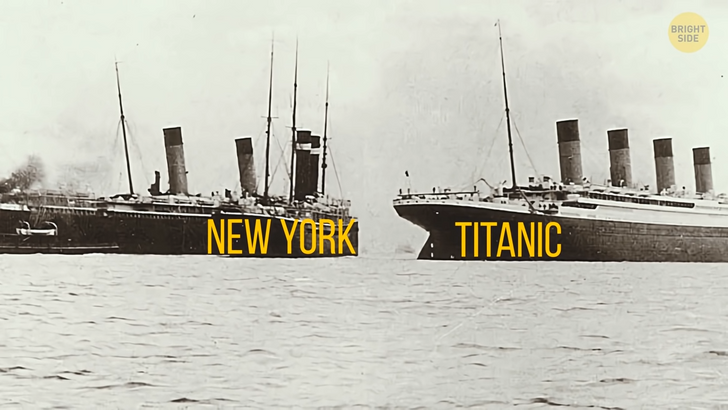
4 days after the beginning of its journey, Titanic failed to divert its course from a huge iceberg. The story we all know about. Only 700 people survived, and most of them were women and children. The night was extremely cold. One hour and 20 minutes after Titanic had gone down to the bottom of the ocean, survivors weren’t even sure someone was coming to save them.
Finally, they saw the light! It was Carpathia coming towards them. They came for the people in the lifeboats. The crew brought them aboard and pulled a handful of other passengers out of the water. Many ships tried to contact Titanic a few hours after it sank. Their messages were never returned.
Later, when there was an investigation on what really happened, they discovered the Leyland liner Californian had been less than 20 miles away when Titanic was sinking. But the crew didn’t hear the distress signals coming from Titanic because their radio operator was off duty. Countries from both sides of the Atlantic were shocked and horrified when they heard details of what happened to Titanic. They decided to make changes to ship operations — rules that would help avoid such events in the future.
They held the first International Convention for Safety of Life at Sea where they adopted rules for every ship to have lifeboat space for each passenger on board. Also, lifeboat drills became mandatory. They also decided to establish an International Ice Patrol. Its main role was to monitor icebergs in the North Atlantic shipping lanes. Ships also needed to maintain a 24-hour radio watch.
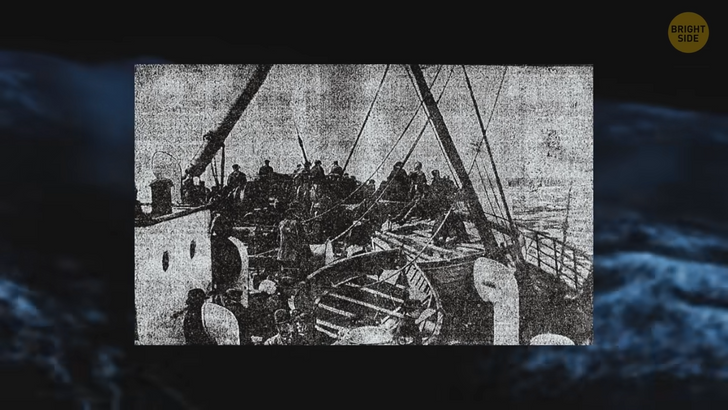
Titanic wasn’t built alone. Because of the size of this magnificent ship and all the new equipment it required, it would have been too expensive as a one-off, so the team built the Titanic alongside two sister ships. And both of them had eventful lifetimes.
RMS Olympic came first. It was launched in 1910 and for a whole year was the biggest liner in the world.
The Britannic was another sister ship that sailed for a while before it too, ended down on the ocean bottom. But only Titanic became a legend and one of the most fascinating stories of modern history.











